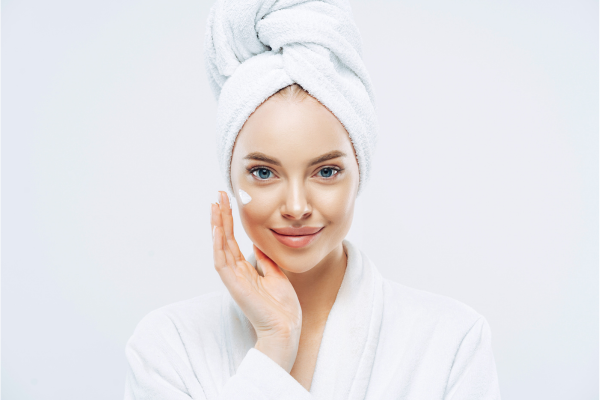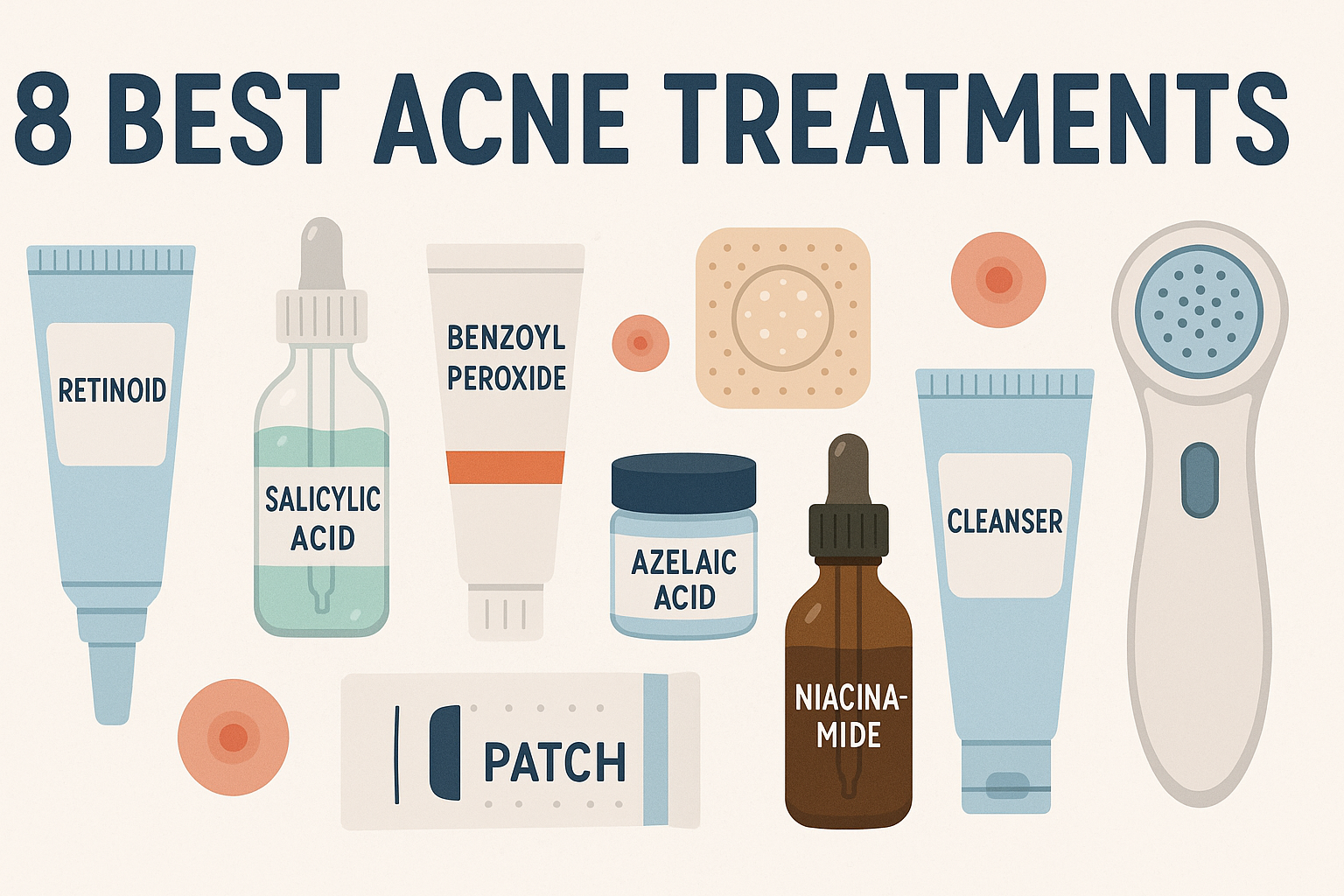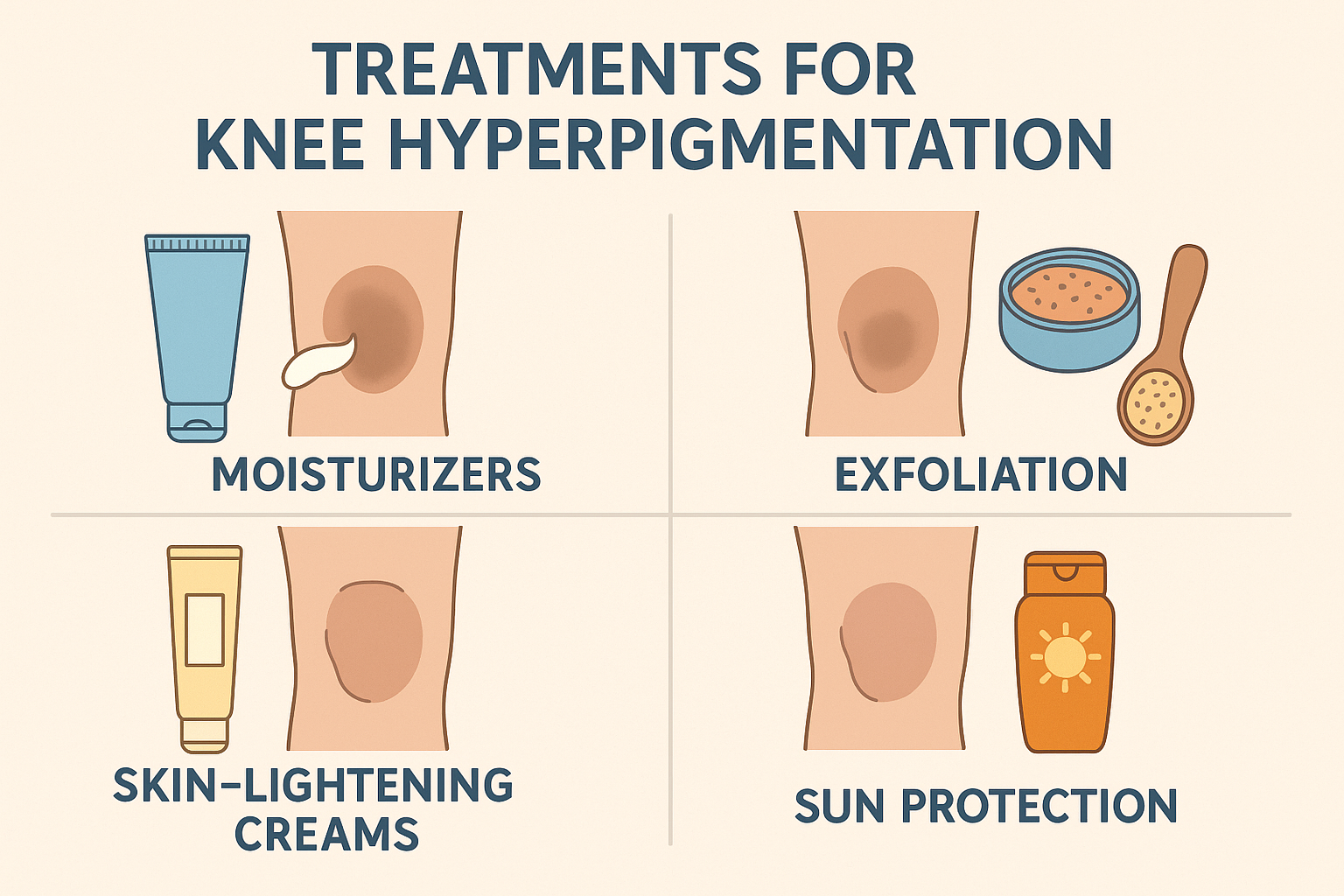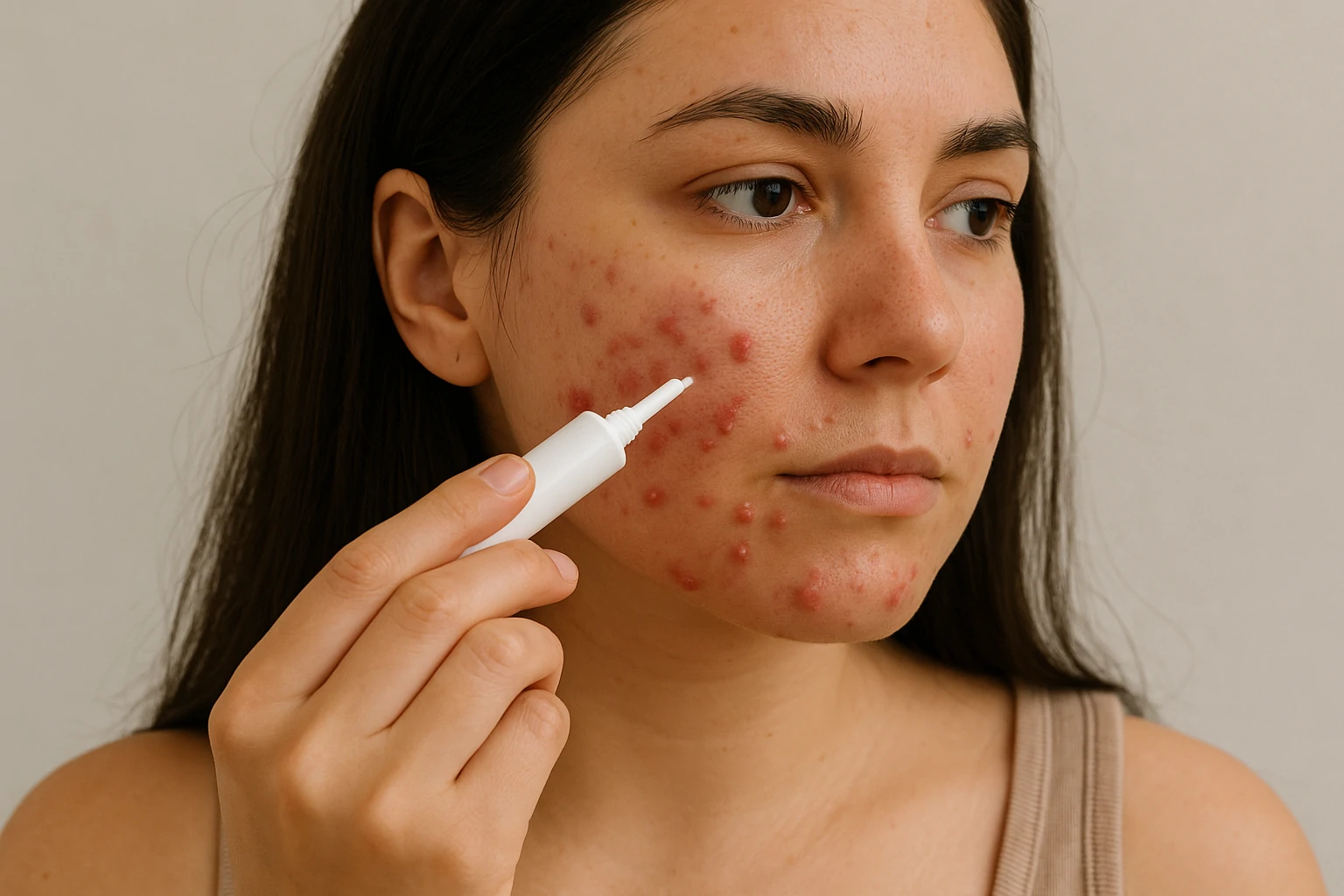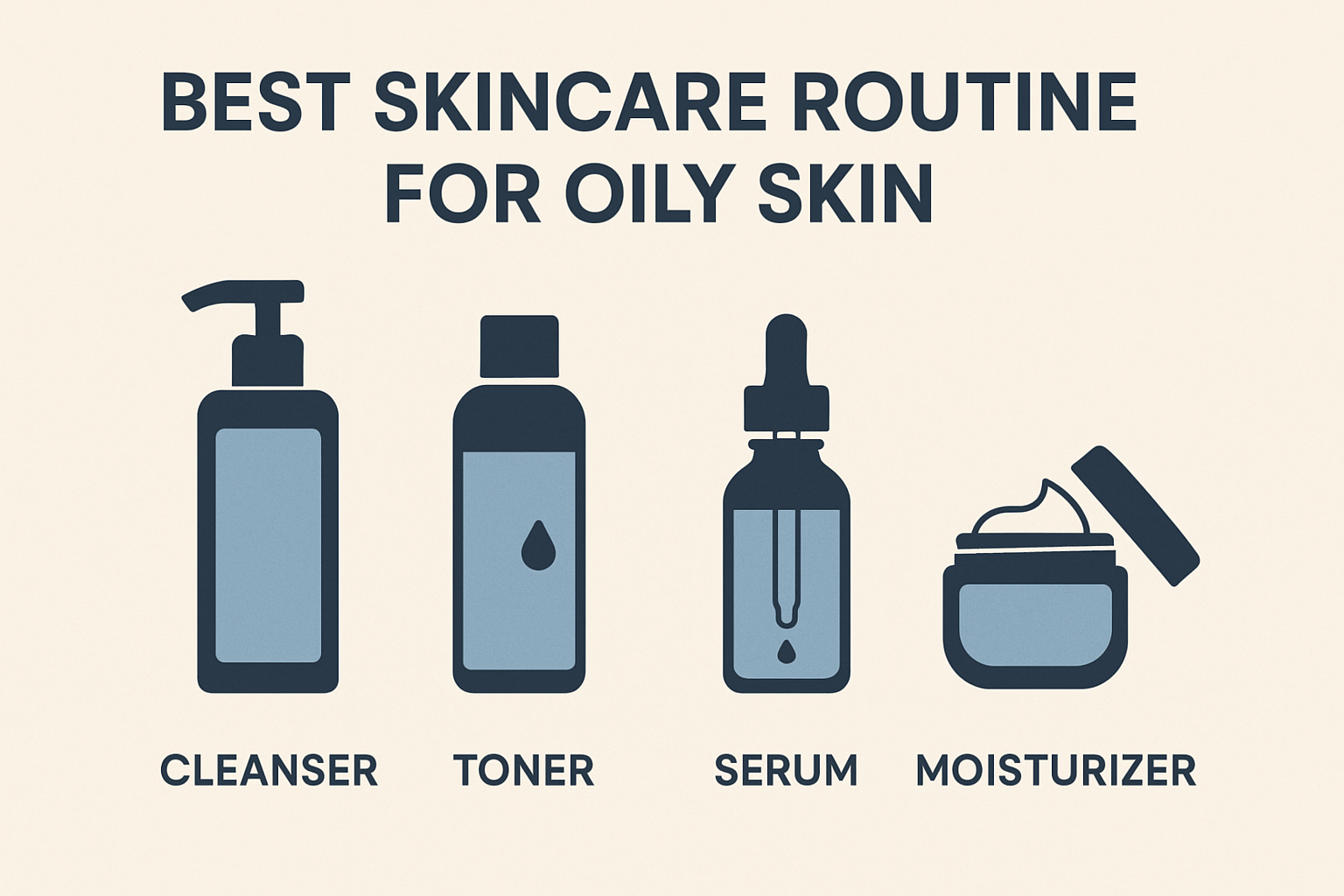IPL vs Laser Hair Removal: What’s Best for Your Skin Type

Hair removal has come a long way from just shaving or waxing. Today, IPL (Intense Pulsed Light) and Laser Hair Removal offer long-term solutions with advanced technology. Both methods target melanin in the hair follicle to significantly reduce regrowth—but they work in distinct ways.
IPL uses broad-spectrum light that disperses like a camera flash. Laser, on the other hand, emits a focused, single-wavelength beam that delivers energy more precisely. As dermatologist Dr. Mina Amin explains, “The key difference lies in the type and consistency of light used.”
IPL devices are commonly used at home and are ideal for treating larger areas with fine hair. Laser treatments, typically performed by professionals, are more effective for thick or coarse hair.
Choosing the best method depends on your skin tone, hair type, and comfort level. People with fair skin and dark hair usually see the best results from either method, but laser may offer quicker, more targeted outcomes. A consultation with a certified dermatologist is strongly recommended to determine which approach suits your skin type best.
What Is IPL Hair Removal?
IPL (Intense Pulsed Light) is a non-invasive light-based treatment used in both hair removal and skin rejuvenation.[1DermNet: Intense pulsed light therapy] Unlike laser, which emits one focused wavelength, IPL releases multiple wavelengths (500–1,300 nm), allowing it to treat various skin layers.
This wide light spectrum targets chromophores like melanin and hemoglobin, breaking down pigmented areas and heating hair follicles to reduce growth. When melanin absorbs the light energy, it turns into heat that damages the follicle, preventing future hair regrowth.
Celebrity aesthetician Kristin Gunn points out that although IPL devices are often marketed as “laser-like,” they aren’t technically lasers. Instead, they use a high-powered handheld device that delivers intense light pulses.
Beyond hair removal, IPL is also used to treat sun spots, redness, and uneven skin tone, and it stimulates collagen for improved skin texture. Dr. Mina Amin highlights its role in breaking down melanin and hemoglobin, making IPL a versatile choice for overall skin health.
Is IPL Hair Removal Right for You?
IPL works best for those with light skin and dark hair, as the contrast allows the light to focus on melanin in the hair without affecting the surrounding skin. If your skin is fair and your hair is dark, you’re likely to see good results.
However, it’s less effective—and riskier—for people with darker skin tones. As aesthetician Kristin Gunn explains, higher melanin levels in darker skin can confuse the device, increasing the risk of burns, irritation, or hypopigmentation (loss of skin pigment).
In such cases, laser hair removal, especially with Nd:YAG lasers, is a safer alternative. These devices are designed to work on all skin types by bypassing melanin in the surface skin and targeting hair follicles more safely.
That said, if you match the ideal IPL profile, it can be an effective option for gradual and affordable hair reduction. Always consult a dermatologist to evaluate your skin type, hair color, and sensitivity before starting any treatment.
IPL Treatment Protocol: What to Expect
IPL treatments come in two formats: at-home devices and in-clinic sessions. If you’re using a home device, follow the instructions carefully. Stick to recommended settings, areas, and intervals to get safe and effective results.
Professional sessions generally yield better outcomes. According to Kristin Gunn, most people need 6 sessions spaced 4–6 weeks apart. That’s because hair grows in three stages: anagen (growth), catagen (transition), and telogen (rest). IPL is most effective during the anagen phase when the follicle is actively connected to the root.
Each session targets about 20% of active hair follicles, so repeated treatments are necessary to catch all follicles in the right growth stage. With consistency, you can see a noticeable and lasting reduction in hair growth.
If you have sensitive skin or a history of irritation, talk to a skin expert first. A tailored treatment plan ensures both safety and effectiveness.
What to Know Before Starting IPL Hair Removal
Before trying IPL hair removal, consider your skin tone and hair color. It works best on light skin with dark hair, as this contrast helps the light accurately target melanin in the follicles.[2AlluraDerm: Is IPL Safe for All Skin Types? What You Need to Know.] If your skin is darker, IPL may cause side effects like burning, redness, or uneven pigmentation.[3WebMD: Intense Pulsed Light (IPL) Treatment]
Kristin Gunn notes that while newer IPL devices have improved, even older models can be effective if used properly. During treatment, expect a mild stinging sensation, warmth, and possible redness or swelling that usually fades within 24 hours.
At-home IPL devices use lower energy levels, so side effects are typically milder than professional treatments.[4Ulike: Is At-Home Laser Hair Removal Safe? (The Truth May Surprise You).] Still, it’s crucial to use the device as instructed.
Dermatologist Dr. Brendan Camp emphasizes that IPL can increase sun sensitivity, so wear broad-spectrum sunscreen (SPF 30 or higher) and avoid direct UV exposure before and after treatments to prevent skin damage.
The Cost: What to Expect
When considering IPL hair removal, cost is a major factor. At-home IPL devices typically range from $120 to $500, depending on the brand, features, and energy levels. Though this may seem like a steep upfront investment, it’s generally more affordable in the long run for those seeking gradual, at-home hair reduction.
If you opt for professional IPL treatments at a clinic, prices are significantly higher—ranging from $600 to $1,200 per session. This premium reflects the expertise of licensed professionals, high-grade medical equipment, and more predictable results.
Your choice between home and professional treatment should depend on your budget, lifestyle, skin sensitivity, and expectations for results. At-home devices offer convenience, while professional treatments provide faster and more effective outcomes under expert supervision.
What Is Laser Hair Removal?
Laser hair removal is an advanced technique that uses a single-wavelength light beam to precisely target melanin in hair follicles.[5UNCOVER: IPL Vs Laser Hair Removal – Which is Better?] Unlike IPL, which spreads broad-spectrum light across the skin, laser focuses energy at one consistent depth—making it more intense and targeted.
According to Dr. Brendan Camp, dermatologists use specific lasers—such as Alexandrite, Diode, or Nd:YAG—tailored to each individual’s skin tone and hair type. Like IPL, the laser light converts to heat upon contact with melanin, damaging the follicle to slow or stop future growth.
However, laser is most effective when hair is in the anagen (growth) phase, which is why multiple sessions (typically 6, spaced 4–6 weeks apart) are needed to cover different growth cycles.
Laser hair removal tends to produce more permanent and precise results, especially when handled by experienced professionals using medical-grade devices.
Who’s a Good Candidate for Laser Hair Removal?
Laser hair removal works best for people with light skin and dark hair, as this contrast allows the laser to efficiently target the melanin in hair shafts.[6Sun Swirl: Laser Hair Removal for Different Skin Types: What You Should Know.] Dr. Rachel Maiman explains that lighter hair colors—like blonde, red, or grey—lack enough pigment, making it harder for the laser to be absorbed effectively.
That said, laser technology—especially Nd:YAG lasers—has advanced to accommodate darker skin tones safely. These lasers penetrate deeper into the skin without damaging surrounding tissue, making them a safer choice than IPL for melanin-rich skin.
However, laser still isn’t ideal for very light or grey hair, as there’s too little melanin for the light to latch onto. This is why consulting a dermatologist before treatment is essential to ensure that your hair and skin profile are suitable for laser therapy.
Treatment Plan
Laser hair removal treatments are usually spaced every 4–6 weeks, with around six sessions needed to see optimal results. This timing aligns with the hair growth cycle, as the laser only affects follicles during the anagen (active) phase.
Kristin Gunn, a licensed aesthetician, explains that after completing the full treatment plan, most people experience long-lasting smoothness. However, because some hairs may grow back sporadically over time, touch-up sessions might be necessary every few months or annually to maintain results.
Consistency is key—skipping sessions or not following the recommended timeline can reduce the effectiveness of the treatment.
Things to Consider Before Getting Laser Hair Removal
Before undergoing laser hair removal, it’s important to understand that this is a medical-grade treatment, and results depend heavily on the type of laser, skin tone, and hair color.
Kristin Gunn notes that advanced devices deliver safer, more precise results, but only if operated by trained professionals. Going to underqualified or budget clinics can risk skin burns, irritation, or unsatisfactory results.
During the session, you might feel a rubber band snap sensation, especially in sensitive areas like the underarms or bikini line. Mild redness or warmth afterward is normal and usually subsides within a day. Aloe vera gel or cooling pads can help ease discomfort.
Avoid sun exposure and tanning for at least two weeks before and after your appointment. Tanned or sunburned skin can absorb too much laser energy, increasing the risk of hyperpigmentation or skin damage. Also, let your provider know if you’re using any photosensitive medications or active skincare ingredients that may affect your skin’s reaction.
The Cost: What You Should Know
The cost of laser hair removal varies based on the treatment area and clinic location. For small areas like the upper lip or underarms, expect to pay around $100–$150 per session. Medium areas such as the full face or forearms typically range between $200–$500. Larger areas, like the back or both legs, may cost $400–$800 per session.
Keep in mind, these prices don’t include touch-up sessions, which are often needed to maintain long-term results. Some people may also need more sessions depending on their hair type, growth cycle, and skin tone.
Always book a consultation beforehand to get a personalized quote and determine whether the treatment suits your goals and budget. Professional clinics can also advise on packages or discounted rates for multiple sessions.
IPL vs Laser Hair Removal: Which Is Better for Your Skin?
When it comes to long-term effectiveness, laser hair removal is generally the top choice. Aesthetician Kristin Gunn explains that laser uses focused, high-energy light, allowing for more precise targeting of hair follicles. This often leads to faster, more visible results that last longer.
Laser also offers more versatility for different skin tones, especially with devices like the Nd:YAG laser, which is considered safe for darker skin tones. While laser sessions may cost more upfront, the results tend to be more consistent and require fewer follow-ups over time.
For those on a tighter budget, at-home IPL devices can still be a good option—especially if you have fair skin and dark hair. Though less powerful than professional laser systems, regular IPL use can noticeably reduce hair growth. However, IPL is not recommended for darker skin, as it carries a higher risk of burns or pigmentation issues when not used correctly.
Ultimately, professionals tend to favor laser hair removal for its speed, safety, and long-term results, especially when performed by trained experts. Always consult a dermatologist to choose the method that matches your skin type and lifestyle best.
Final Thoughts
Both IPL devices and laser treatments have their strengths. Your choice depends on your skin tone, hair type, budget, and desired results. However, many experts agree that laser hair removal offers the most effective, long-lasting, and versatile results—especially for individuals with darker skin tones or coarse hair.
If you have fair skin and dark hair, an at-home IPL device may be a convenient solution, as long as it’s used correctly and consistently. It’s a more budget-friendly option that can still deliver noticeable hair reduction over time.
That said, if you’re looking for faster, safer, and more permanent results, especially if your skin is sensitive or deeper-toned, professional laser treatment is the safer bet. Partnering with a trusted provider ensures you’ll receive the right technology, proper technique, and minimal risk of side effects.
No matter which method you choose, remember: the key to success is matching the treatment to your unique skin and hair profile, and following expert advice for best results.
About the Author
M. Hariri is a business and beauty content writer with over five years of experience. He focuses on research-based skincare education and frequently collaborates with dermatologists. His work can be found in various national and international beauty publications.
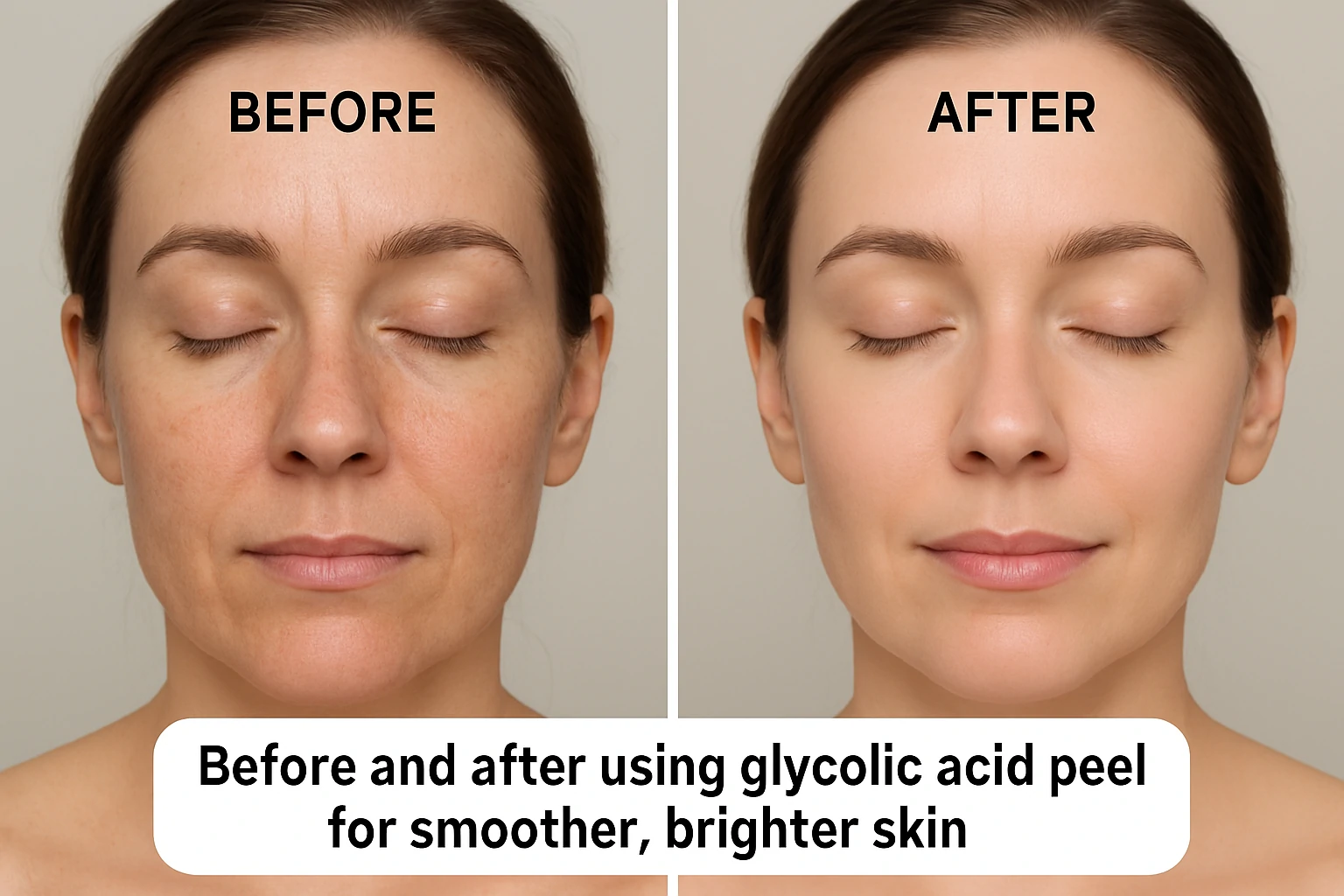
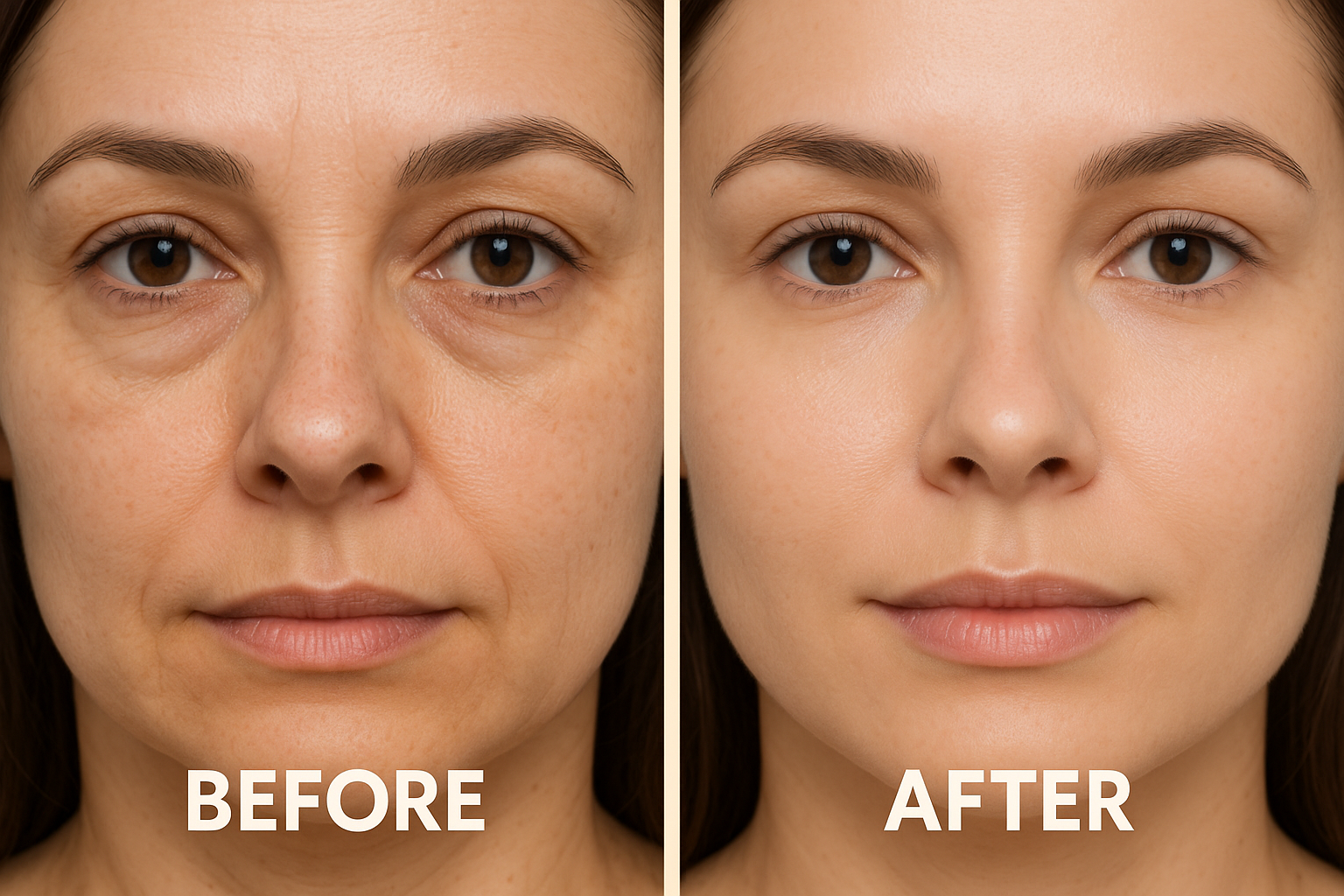
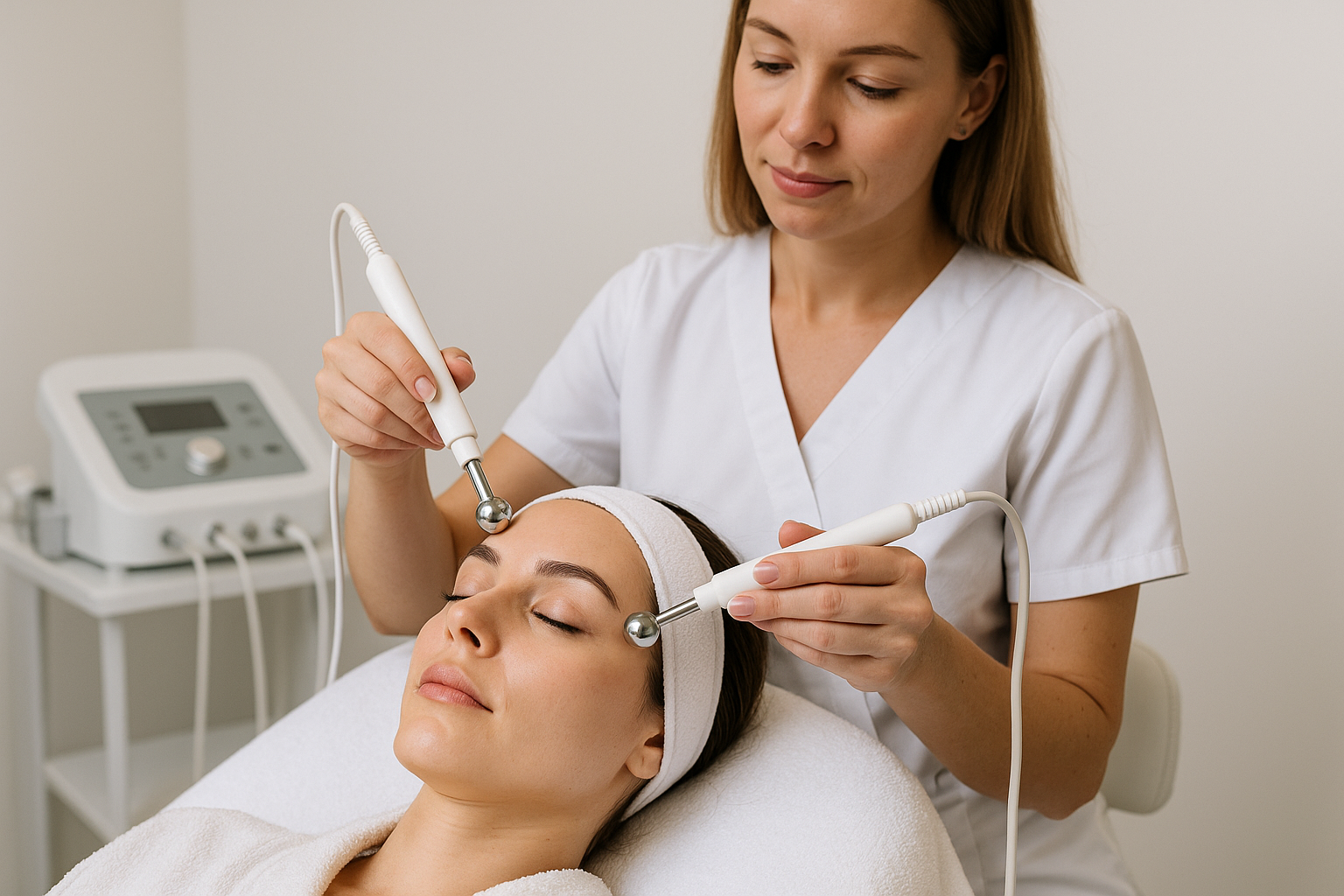
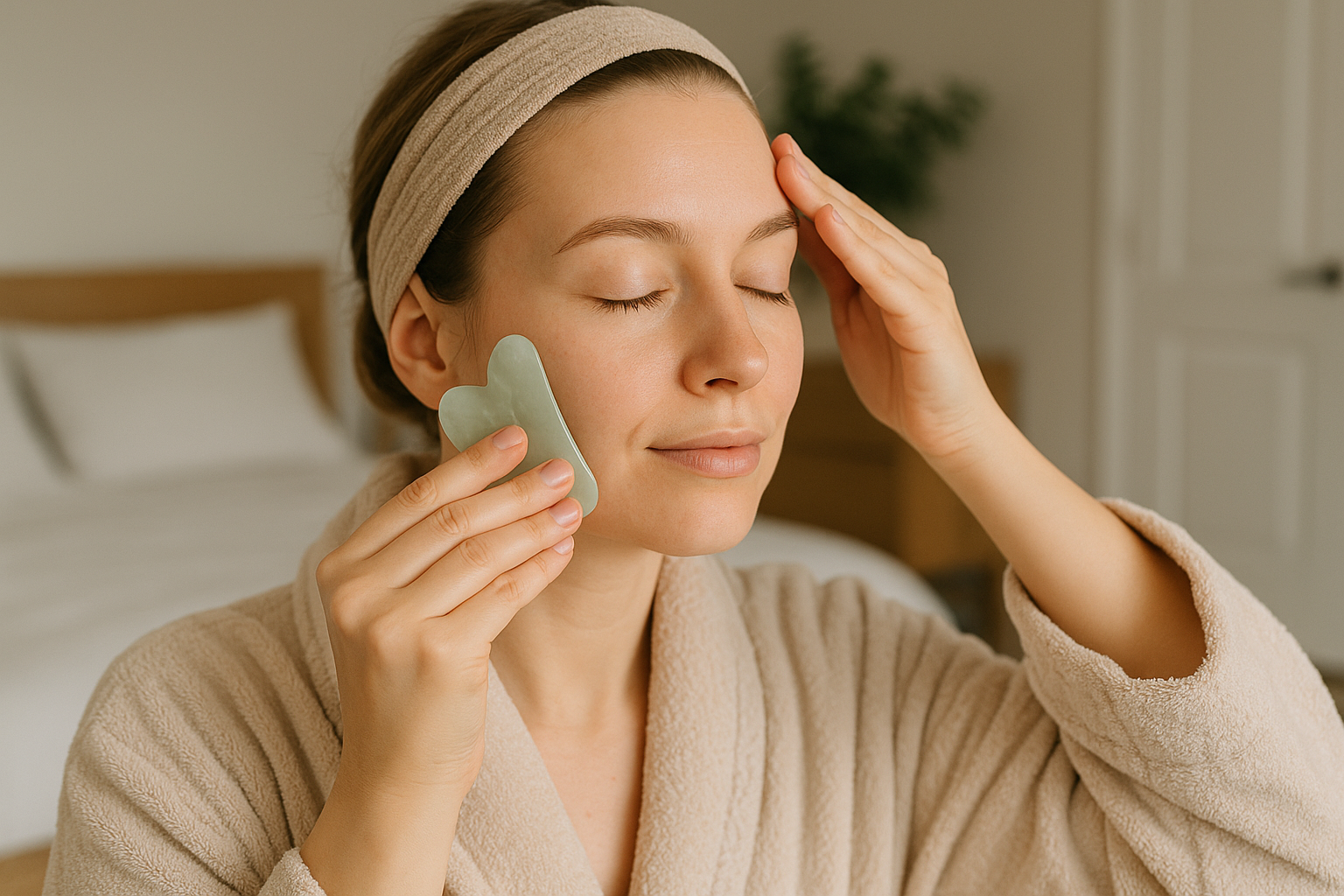


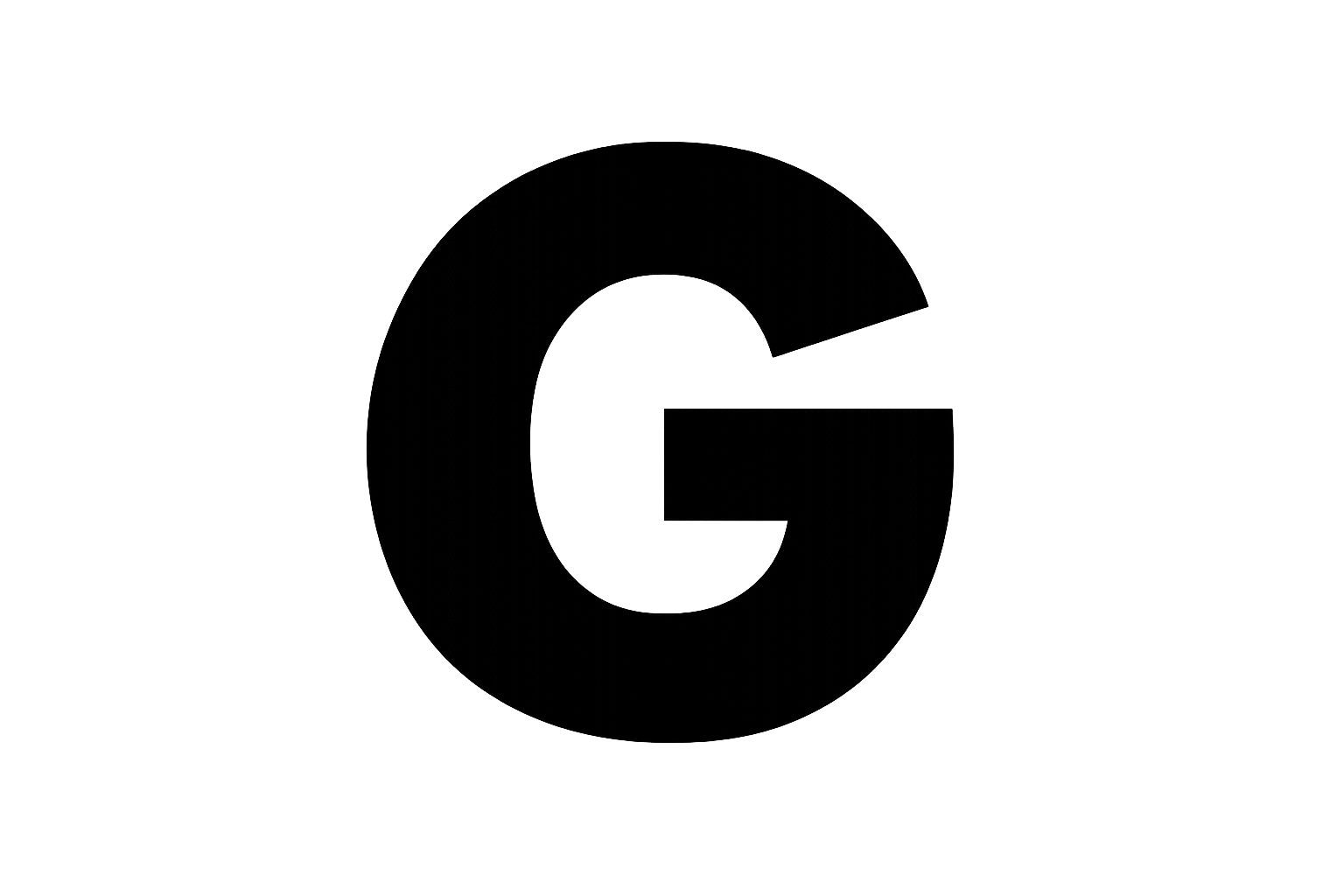 Acne
Acne Anti-Aging
Anti-Aging Business
Business Digital Marketing
Digital Marketing Economics
Economics Movies
Movies Personal Finance
Personal Finance Websites
Websites

